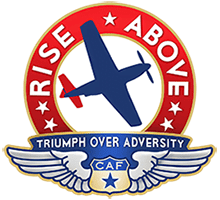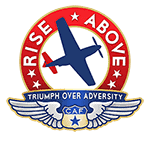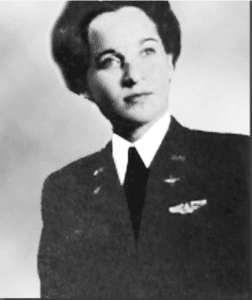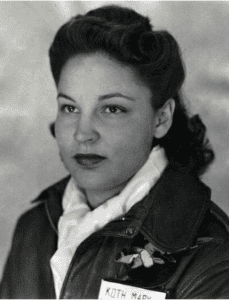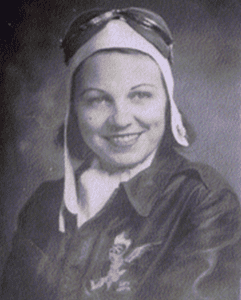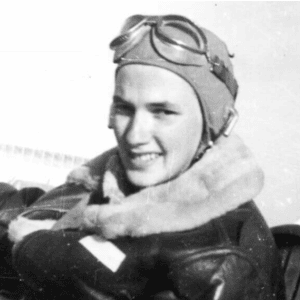Do you know what a “crush cap” is? How about a “togglier?” These are two interesting terms I ran across this week so thought today’s blog would be on descriptions related to WWII aircraft and personnel.
Let’s start with “crush cap” because I can relate to this. When my Dad graduated from flight school in Texas in 1944, the USAAC took his picture, chest up, in his full uniform and another picture where he’s wearing his radio headset. I swear he looks like he’s 15 instead of the ripe old age of 20. (I think there was one more “official” photo, but the pictures are in Minnesota and I’m here in Florida so I can’t check.) Anyway, in the first picture, the top of Dad’s visor cap has very crisp edges because it was so new. The caps had stiffeners inside to keep that sharp edge.
 Now, fast forward to when he was actually flying his beloved B-26 over France and Germany in early 1945. Here’s a picture of him (2nd from left) with the whole crew. His hat is starting to look a little rounded at the edges – he’d (like so many others) had removed the stiffeners. By the time his wartime flying was done, that cap was beautifully “crushed” by his radio headset.
Now, fast forward to when he was actually flying his beloved B-26 over France and Germany in early 1945. Here’s a picture of him (2nd from left) with the whole crew. His hat is starting to look a little rounded at the edges – he’d (like so many others) had removed the stiffeners. By the time his wartime flying was done, that cap was beautifully “crushed” by his radio headset. The crew of the B-26 “Jolly Roger” was part of the 8th Army, 323rd Bomber Group, 455th Squadron. (That’s not the Jolly Roger behind them – wrong number and no painted Skull & Crossbones.) Left to right:
Pilot – 1st Lt Mieczwslaw (Mathew) S. Pietrowicz
Copilot – 2nd Lt. Calvin L. Jansen (a.k.a. “Dad)
Bombardier – 1st Lt. William Y. Austin
Flight Engineer – S/Sgt. John S. Michalowski
Radioman – S/Sgt. Thomas G. Kennon
Tail Gunner – S/Sgt. Edward S. Tyszkiewicz
I’m not sure if 1st Lt. Austin, who had to sit in the B-26’s nose to do his job, was a full bombardier or a toggliers at that time. Originally, each B-26’s bombardier used the famed Norden bombsight to determine when to drop their airplane’s bomb load. At some point, the 8th Air Force brass ordered that all 36 bombers in a Squadron formation drop their bombs at the same time. The bombardier in the lead airplane determined when this should happen (talk about a pressure situation!). When he dropped his airplane’s bombs, the other bombardiers simply “toggled” their bomb bay door switches to drop their loads, too. Hence they became “toggliers” instead of true “bombardiers.”
Here’s a picture of another B-26 bombardier, William R. Ozburn, sitting in the nose of his airplane. That’s where the bombardiers sat to do his job. The view would have been great, but talk about being exposed to the enemy and the cold!
I hope you have a good weekend, doing what you enjoy doing here in this land of the free because of the brave.
The CAF Red Tail Squadron is a volunteer-driven 501c3 non-profit organization that operates under the auspices of the Commemorative Air Force. For more information, please visit redtail.org.
